Have you ever woken up feeling like there is a word on the tip of
your tongue, in a language you don’t quite understand?
It’s the feeling you feel when a dream leaves too quickly after you
wake up, like a regretful lover. You grasp and reach out, but it’s gone
and you forget something so fundamentally important that your stomach
caves into itself.
This deck of oracle cards invites you to go back into that cave, that
pit. Back to the start of that word. Tarot and oracle cards are always
tools for self-exploration, but the Oracolotto invites you to travel
deep into the subconscious realm of your dreams.
Oracolotto includes twenty-one cards and one guidebook. The cards
follow the paved journey of Tarot’s major arcana, but do not be fooled
by the numbers – they will not give you insight into the path. You do
not need prior knowledge to use these cards, only the ability to dream
and a soul – your own or the soul of another.
The Oracolotto cards present illustrations of collective dream
archetypes, as delineated by Neapolitan tradition. While the cards
symbolically follow the traditional Tarot journey from the fool to the
world (minus the Emperor), they are based on the Neapolitan art form of
the Smorfia, intended not as the grimace but as a method for
interpreting dreams.[steve notes: I don’t understand ‘grimace’]
The Smorfia is an ancient art form in which symbols and archetypes
from a person’s dreams are analysed and converted into numbers. To use
the Smorfia, you would recall every event, person and object that
appeared in your dream, and then use the extensive list of dream
archetypes to find the associated numbers. This may be used to find the
meaning of your dreams or, most commonly, to find numbers to play the
lottery (Ricciardone, 1987; Zezza, 1835).
In Oracolotto, the archetypes are used as a storytelling device, an
exploration tool for imagination and self-discovery. You may choose to
use these cards in the two ways I have imagined or create your own.
If you have read this far, you may want to remember your dreams and
connect to your subconscious, but feel unable to do so. You may never
remember your dreams and think that they are random. If this is the
case, I recommend you use the Oracolotto with the method I first
describe. As the subconscious seeps into our daily thoughts and
feelings, the deck will reveal hidden patterns.
You may also choose your path, disregard what I said and make your
own game, read old or future dreams or even play the lottery. The tools
are in your hands.
✧ How to care for the
Oracolotto
You may have grown up believing that objects do not have spirit. If
so, I suggest you tuck the inner sceptic into bed and let the curious
child out to play. The Oracolotto, like any Tarot or Oracle, does not
believe itself to be an object. It thinks that no object is simply a
thing, but also exists in a spiritual plane. All objects have a soul, a
spirit that connects to yours.
The Oracolotto has a playful and deep soul. It asks to be cared for
as a living thing (more like a plant than a pet). It asks to be touched,
used, cried on, and laughed with. Most importantly, it asks for a place
to rest every night. I would recommend, at your discretion, to free all
negative intentions from the cards. This may happen if you do a reading
for someone with bad intentions, or a heavy, painful load to carry. Or
it may happen if you use them alone in a moment of intense sadness or
anger. In such cases, find a way to release these feelings from the
cards, leave them out to breathe, or hold them in your hands and think
positive thoughts.
✧ How to Do a Reading
Set an intention at the start. You or the person you are reading for
will ask a question, out loud or in your mind, as you shuffle the cards.
You then have two options: either spread them out or fan them, and
choose one card at a time with your dominant hand, or place the whole
deck on a surface and run your fingers alongside it until you feel like
splitting the deck and picking a card. Do it as you wish, it is
important to let your intuition guide you to a card.
Lay the card in front of you (the “How to Lay Out the Cards” section
follows). Turn the card over and feel, hear, see, and intuit its meaning
concerning your question. Refer to this guidebook for interpretations.
If you give readings to others, always keep a record of your readings,
because messages for others often weave into your own. Sometimes cards
will “jump” out of the deck while you are shuffling. These cards are
trying to get your attention. They are part of your reading, or perhaps
the entire reading. They are important messages, take heed.
Alternatively and if applicable, you may choose one card and place it
on your altar or under your pillow at night to usher in a deeper
understanding.
✧ How to Lay Out the Cards
.One Card Spread
A single card can be used for several purposes:
- Draw a card in the morning for guidance about what you need to know
that day.
- Draw a card after you ask a question. The one you pick is your
answer.
- Draw a card to help further explain your dream.
.Three-Card Spread
A three-card spread can also be used in several different ways:
- Draw three cards representing what you need to know in general
terms.
- The three cards may represent the past, present or future.
- The three cards answer questions about three issues, such as career,
love and friendship.
If you want to arrive at a more fleshed-out narrative, you may choose
to do a bigger spread. Information about those can be found in any book
about tarot or online.
✧ Dream well!
✳ 42. the coffee or ’o
ccafè
.keywords: beginnings, unformed potential, taking a risk, answering a
‘call’, trusting in the universe, overcoming self-doubt, embracing
uncertainty.
Coffee is brewing, waiting to be poured into the empty cup on the
counter. A spiritual guide sits patiently, urging you to begin, while
the sun shines outside a closed window. On the side, enormous snowdrops
have blossomed, indicating the first tentative steps of spring.
While the Coffee is number 42, this card comes before the others.
Like an unhatched egg, it contains all the potential for the journey.
The cup is empty, but you are urged to pour it, to drink it and to be on
the journey. A spiritual guide urges you forward. Like the prophet
Muhammad who was given coffee(قهوة) by the Archangel Jibreel, you are
urged to begin.
The Coffee upright in a reading tells you it is now the time to be
naive and courageous. Set on a new adventure and do not worry about the
consequences. It is time, the coffee is ready.
Reversed
If the Coffee appears reversed, it is a warning. The coffee will
spill and it may burn you or others. Be careful not to disregard the
consequences of your actions. Your eagerness for freedom and new
beginnings may harm others or yourself. Now, you are being asked for
consistency and patience. There is a time to be brave and to set off on
new paths, a time to be reliable and patient. Wisdom lies in knowing the
difference.
✳ tarot correspondence: 0. the fool.
✳ zodiac correspondence: all signs, the
universe.
✳ 66. the two
spinsters or e ddoie zetelle
.keywords: magic, manifestation, setting intentions, directing energy
consciously, willpower, concentration, having all the resources you
need.
Two old women stand before a table, one pointing above, the other
below. Their eyes glow with mystic power. If they appear in your dreams
you will feel their power radiating. This is a particularly powerful
card. While looking at it, reject what you have been told about the
emotional loneliness of spinsters and focus on their ability to spin a
magical web. These women appear to you at an important time, at the
moment when you may choose your path. You are now fully able to manifest
your desires. The Spinsters show you the power you hold and ask you for
intense concentration. There is power in your focus and dedication, now
is the time to channel all your resources to achieve what you wish.
Reversed
If the Spinsters have appeared reversed, it is a sign that you are
ignoring your powers. You no longer see two crone magicians who have
chosen the path of spiritual power, but two unmarried older women. Do
not be fooled. The power is in your hands, your potential lays dormant
beneath your doubts and lack of self-esteem. Trust in your ability, and
trust the Spinsters to weave you back to an active role within your own
life.
✳ tarot correspondence: 1. the magician.
✳ zodiac correspondence: gemini & virgo.
✳ 63. the bride or ’a
sposa
. keywords: intuition, subconscious, higher wisdom, knowing something
you can’t explain, stillness, meditation, spell-work and ritual.
The Bride sits in silence in an underground cistern, two eyes closed
and a third eye open. Upon her head, two crescent moons hold the globe.
She is alone but does not appear to be waiting. The Bride is a figure of
divine wisdom, feminine mystery and intuitive knowledge. She is the
guardian of the unconscious and she is meeting you. By receiving this
card you are being gently invited to go deeper. To artists, she is the
representation of creative potential. The bride has little care for the
material because her powers lay in the true nature of emotion. Let your
intuition lead the way, quieten the chatter of the rational and
logical.
Reversed
If you are facing a reversed Bride, it is an invitation to examine
when you ignore your gut. Perhaps you have allowed your thinking mind to
run loose, you have not been listening to your gut. You overvalue the
opinions of others or act too hastily. Whichever it is, it is time to be
still, reflect and meditate on your intuition.
✳ tarot correspondence: 2. the high priestess.
✳ zodiac correspondence: cancer & pisces.
✳ 52. the mother or ’a
mamma
.keywords: maternal figure, familiar love, abundance, life force,
strong protection, dignity.
The Mother sits on a throne in the middle of the river of life force.
A crown on her head, a sword in her hand. In this iconography, she is
Juno, the Roman goddess of marriage and family. As such, she sits near a
pregnant cow and a peacock eating a pomegranate. Nature thrives around
her. She is the embodiment of femininity and the bringer of life and
growth. Her energy is both nurturing and fiercely protective. She
appears to indicate that she is looking after you and your growth. She
is abundant and as such so will your expression be, both creative and
sensual. Deep fulfilment awaits.
Reversed
The Mother has appeared reversed. Juno’s warlike nature is more
active than her nurturing side. Your search for protection is keeping
you from true love and joy. You were guarding yourself, and while you
were right to do so, it is now time to let your shield down. Your
emotional crops are thriving, you have put in the work. Let go of your
war, lean into joy and love.
✳ tarot correspondence: 3. the empress.
✳ zodiac correspondence: libra.
✳ 84. the church or ’a
chiesa
.keywords: belief systems, ancestry, study, tradition, conformity,
learning about the past.
A priest stands in front of you, one hand hidden and the other
towards the divine. On his shoulders sits a church, with a black door
highlighting a shining key. The Church card beckons you inside a
mysterious, sacred place. In the Christian belief, a church is not only
where the religious community meets, it is the seat of Divinity itself.
I invite you to disconnect the Church card from its Christian
associations. It stands in place of any established social structure,
spiritual tradition or source of ancestral knowledge. It is a teacher, a
leader, a guru of memory. If the Church has come up in your reading, it
indicates a need for deeper meaning or knowledge. Will you use your key
to follow the paved road and find out who paved it and who walked it
before you?
Reversed
The Church is upside down. Its integrity is questioned the status quo
stumbles. The pressure of conformity weighs heavy, the belief systems of
others hang above your head. This card is now urging you to move.
Tradition can be a teacher or a jailer and in this case, it is trapping
you. It may be time to shake your ancestors’ wishes away and start anew,
upon a path you paved yourself.
✳ tarot correspondence: 4. the hierophant.
✳ zodiac correspondence: taurus, libra &
capricorn.
✳ 69. the upside down
or sott’e ncoppa
- .keywords: love (of all kinds), making heart-centred choices,
compassion, partnerships and relationships, equilibrium, harmony.
Two hands reach for each other, the space between them filled with
light and eyes. Roses grow around their wrists. There is an obvious
story being told, of two souls meeting in companionship. But this is
also a card about balance and choices. The Upside Down is a reference to
love and the two sides of a coin. When this card appears it speaks of
love and strong bonds. It asks you to choose love, to make heartfelt,
loving, compassionate choices. The Upside Down is a simple card, that
asks you to choose. Listen to your heart and follow it.
Reversed
Due to the nature of this card, up is down and down is up. However
you pull this card, it shows you both the Yin and the Yang. In this
case, sourness is prevalent. The eyes look away, giving you space to
identify within yourself why a commitment has turned sour. Your inner
voice is unbalanced. Use your heart for your choices and seek out
harmony.
✳ tarot correspondence: 5. the lovers.
✳ zodiac correspondence: gemini.
✳ 35. the bird or
l’aucelluzz
.keywords: focused action, self-belief and confidence,
commitment, drive and determination, hard, passionate work,
assertion.
A chariot flies across a starry sky with two half moons. Inside it, a
man dressed in Roman armour with the head of a turtledove looks straight
at you. The dove drives through the sky, led by stars. This is the card
of control and victory. The Bird has control of his fate but it will
also help you with yours. It directs you to assert your will with
mastery, careful practice and self-discipline. It reminds you of your
courage and strength. It encourages you to direct your energies towards
the stars.
Reversed
When reversed, the Bird is spinning further and further out of
control. It may be due to an attempt to control too much, or an
underdeveloped assertiveness. Loosen the reins. Redirect your chariot.
Some things are beyond your power to change and others wait for your
confidence and hard work. Assess which is which and begin riding.
✳ tarot correspondence: 6. the chariot.
✳ zodiac correspondence: cancer.
✳ 28. the breasts or ’e
zzizze
.keywords: inner strength and courage, dignified resistance,
emotional labour, heart.
A naked woman covered in flowers looks to the side, she casually
tames the lion in front of her. A natural landscape opens up behind her.
Do not be fooled by her gentle appearance, she is not effortless. Her
strength lies in her heart as this is the card for Breasts. Emotional
weakness is discarded as a patriarchal concept, as the Breasts show you
a dignified taming of the wild through your heart. Emotion can steady
your demeanour and your powers of inner strength. This indicates
positive emotional labour of your ferocity and expression of pure
emotional strength. Go towards your chest, to the place of pain, anger,
greed, and fear in your life. Acknowledge where these things live within
you and own them, pour love over them.
Reversed
The lion is now overpowering as the Breasts appear upside down. This
is an indication of weakness, your strength becomes feeble as your
self-confidence lessens. Your emotions are no longer a power but an
overwhelming force that you cannot control. Do not let anger or pain
dictate your choice, find your strength once again.
✳ tarot correspondence: 7. strength.
✳ zodiac correspondence: leo.
✳ 65. the crying or ’o
chianto
.keywords: introspection, solitude, retreat, working things through
on your own, claiming space and time for you, self-guided or guided
study.
A figure cries in an underwater cocoon, wrapped in a cape of hair and
seaweed. They are holding themselves, as their bright tears float
upwards. This figure is in deep introspection. The Crying card is not
negative, regardless of your view of tears. It indicates a need for
comfort and solitude. It asks for a moment of introspection, the only
thing that may lead you to true self-discovery. Once you have expressed
your pain and truly felt it, you will gain a better understanding.
Reversed
The tears fall upon you as the Crying card is reversed. You have
relied on yourself too much and become over-isolated. The cocoon has
served its purpose. The time for solitude is over. You may let others in
or leave your safe space altogether. The time for crying is over.
✳ tarot correspondence: 8. the hermit.
✳ zodiac correspondence: virgo.
✳ 82. the set table
or ’a tavula mbandita
.keywords: positive luck, change, predictions and prophesies, feeling
like something is ‘destined’ to happen, an interconnected bigger
picture.
A table is set with plates spelling out the ancient names for tarot
and wheel. In the centre of the table, you can see water, soil, air and
fire. Around the table sit the four fixed signs, Taurus, Leo, Scorpio
and Aquarius. Three eyes, symbolising the three Fates oversee the table.
This is an incredibly auspicious card to pick. Like the table, your
destiny has been set, the tempo will crank up as your vision develops
into reality. This card asks you to accept your fate, but also take
responsibility for it. The table is set but it is up to you to
serve.
Reversed
The Set Table has been turned the wrong way. This indicated elements
outside your control, spinning your fate. Luck has not been on your side
and you may have been unhappy with your circumstances. Take a moment to
analyse what could have happened. Are the elements toying with your luck
internal or external? Is there someone to blame, if so, who? Whatever
you find, trust that the Table will be set again, and out of darkness, a
new light will be born, informed by your discoveries.
✳ tarot correspondence: 9. the wheel of fortune.
✳ zodiac correspondence: aquarius, leo, taurus &
scorpio
✳ 60. the lament or se
lamenta
.keywords: truth, logical thought, objectivity, binary thinking,
justice, fairness, balance, accountability, social justice principles,
intersectionality.
A woman, Justice, walks the steps out of darkness, and a lament
distorts her face. In the Lament, you see justice wearing white,
carrying a sword on her waist and holding scales, with a heart on one
side and a brain on the other. Her eyes are closed but the piercing
light around her penetrates the truth. It is her cry for truth, her
lament, that propels her forward. This card calls out to you. Every
action has an equal reaction but it is often an expression of injustice
that brings justice forward. It is the Lament that leads to balance.
Believe that your expression of injustice is worth sharing.
Reversed
When the Lament appears reversed it indicates a flawed system, a
hidden truth or a bias. This injustice may have been committed against
you or by you. However it happened, the scales are not balanced, but
soon they will be as someone faces consequences. It also begs for you to
re-balance your perspective. Look at the issue from both sides and hear
the Lament.
✳ tarot correspondence: 11. justice.
✳ zodiac correspondence: libra.
✳ 85.
purgatory’s souls or ll’aneme o priatorio
.keywords: passivity, cost, holding back, patience, allowing events
to unfold, meditation and mindful practice, inner peace,
self-acceptance, overcoming ego
A man dangles, his foot loosely tied with rope, his wings closed by
his sides, his braids falling beyond sight. Next to him, others hang, in
the same situation. We see Purgatory’s Souls, the souls of people in a
state of temporary punishment and purification, in a state of grace but
not yet ready to enter heaven. Let the souls be an inspiration to you,
in their state of acceptance, as it is not their work that will send
them to heaven. They are, just like you, ready for peace and joy. What
you must do now is fully succumb to your situation, and release. If the
soul trusts the flow of events and let’s go, he realises he has had
wings all along. A brazen metaphor, a simple reminder that it is not
time to struggle for control. Trust the universe, trust yourself and let
go.
Reversed
As Purgatory’s Souls appear reversed, they tell a different story.
They are not hanging but anchored to the soil. You are pulling yourself
further down, digging your heels in on a decision that has to be made.
Your inaction now is pointless, it will just delay the inevitable. The
souls can already can, the punishment has been lifted and yet here you
still are. You must face your inner turmoil to move on.
✳ tarot correspondence: 11. the hanged man.
✳ zodiac correspondence: pisces.
✳ 48. the
talking dead or ’o muorto che pparla
.keywords: the ending of a cycle, letting go and saying goodbye, a
ritual to honour change, not resisting, honouring the seasons of
life.
A deer’s skeleton lays on a blooming prairie. Close by, another deer
looks into the sun rising above the hills. The Talking Dead card is
deeply sensitive and invites a gentle approach. It does not necessarily
symbolise literal death but is a positive harbinger of change. Death has
already happened, and the deer’s spirit is ready to move into the coming
day. The Talking Dead tells you it is time to let go of old habits, ways
of thinking and of the buried. This is the only way to allow for more
rewarding patterns. Resisting change will not bring you joy, you must
embrace transformation. There is no other way, a profound experience
awaits you. Let the resting lead you.
Reversed
If the card is reversed it appears that the Talking Dead is being
forced to be still. Changes frighten you and you may resist them. Your
life is now stagnant, the sunrise is eternal as the sun never reaches
the sky. Trust that change will lead you wherever you need to be. It is
not a matter of avoiding what has happened, but rather of learning to
live with what it brought in the hope that better things lay ahead.
✳ tarot correspondence: 12. death.
✳ zodiac correspondence: scorpio.
✳ 68. warm soup or ’a zuppa
cotta
.keywords: balance, harmony, blending of dualities, seeking the
middle path, not making extreme decisions, taking a non-binary attitude,
testing the waters, self-care, grace, gentleness.
A large, genderless, dark figure stands in the sea. On their forehead
shines a triangle enclosed in a square, representing how humans are
bound by the Earth and natural law. The figure takes water from the sea
but as they pour it into the bowl, it transforms into a bowl of steaming
soup. This card gives insight into the nuances of balance. Wherever
something is taken, something else must be given. The figure is taking
from the sea to deliver you the Warm Soup. See the figure as if it was
keeping a close eye on how well you handle dualities. Keep to the middle
path, do not make extreme decisions. You may be someone who tends to
have a peaceful nature or someone who swings between extremes. Either
way, now is the time to test the waters of gentleness, give back what
you have been given and ask for what was taken.
Reversed
The Warm Soup now pours upwards from the ladle. Something has been
thrown off balance in your life. The coming times require meticulous
care of the balance. Equilibrium must be restored. The costs may be too
high for what you receive from the universe. You must reconsider your
choices, find the weak point that has thrown you off the balance and
adjust it.
A ✳ tarot correspondence: 13. temperance.
✳ zodiac correspondence: sagittarius.
✳ 77. the devils or ’e
riavule
.keywords: bondage, addiction, materialism, destructive behaviours,
harmful cycles, choosing to get free, or choosing not to get free,
confronting fear, committing to your freedom.
Five little devils dance naked above a reversed pentacle. They hold a
chain that leads to a circle of light containing a key. The Devils
symbolise that which keeps us bound and trapped. It is a small circle
containing you, a metaphorical jail to which you do not yet have a key.
This card cautions you against finding blame and refers instead to that
which is constrained by ourselves, our subconscious and direct choices.
Do not let ideas, people or situations absorb you so intensely that it
causes you to ignore other relationships.
Reversed
The Devil being upside down immediately reveals the bondage, you are
aware of your chains. The unhealthy dynamics in your life that keep you
trapped are finally emerging into the light. Caution, this does not
imply freedom but may entail further temptation which leads you to crawl
back into your trap. This is a time that needs your complete attention,
use your newfound awareness to break the chains and escape your
jail.
✳ tarot correspondence: 14. the devil.
✳ zodiac correspondence: capricorn.
✳ 83. the storm or ’o
maletiempo
.keywords: revolution, disaster, shock, mourning, blowing apart old
structures, demolition of the status quo, toppling systems of power,
potential, rebuilding after disaster, a blessing in disguise as a
disaster, rehabilitation, regeneration.
An ancient maritime pine tree towers in the night. Above, the
all-seeing Storm is unleashing lightning, cutting the tree down as birds
escape. The Storm, as the name suggests, is a complicated card to
receive. It indicates a profound disruption, a complete reset of the
known. The situation may seem grim at times, but you must understand
that the change being brought is ultimately positive. You may find this
hard to believe, but the event that this card indicates is the
demolition and toppling of a structure that can feel quite devastating.
However, new growth will come from this and the old cannot last forever
lest it becomes decrepit. Remember well that when the Storm appears in
front of you, you are not the tree but the doves escaping.
Reversed
In this situation, the Storm that topples the pine tree is coming
from within. The issue is within your response to the situation and your
worries within your head. Your perception is bringing you great pain.
Take care not to become a vortex of negativity, be mindful of your
feelings and take responsibility for how your responses affect you and
those around you.
✳ tarot correspondence: 15. the tower.
✳ zodiac correspondence: scorpio & aries.
✳ 25. christmas or
natale
.keywords: hope, love and support, coming home to yourself,
self-care, healing, being true to yourself, being guided by your
intuition, integrity, honesty, a positive new start or new vision.
In a warm room, a candle-lit Christmas appears next to a window. On
the windowsill sits a still, warm cup of tea. The comforting view of the
room is contrasted by the magical view through the window, where an
enormous star pours light on a snowy landscape. Christmas is a card of
hope. A time of renewal, comfort and homeliness lie ahead. It is time to
leave the hard times behind. The star shines alone through the window,
filling the landscape with positivity and opportunity. Like this card,
we all contain infinite possibilities, infinite capacity for beauty, and
infinite wonder. When times are hard, Christmas reminds you of your
ability for healing and magic. Know that you are a creature of this
earth and of this universe, that you belong here, and that you are
loved.
Reversed
When Christmas appears reversed, you may have lost your hope. Life’s
challenges are overwhelming and leave you questioning everything and
everybody. When this card appears reversed in a reader it is a beacon
over your disconnection. Your faith in the possibility of a comforting
and fullfilling life is weaning as daily routines become dreary. It is
an important alarm, a light shining on the parts of your life that do
not align with your joyful purpose. Now is not the time to push harder
or you may deplete your energies even further. It’s time to nourish
yourself and your life at a deeper level, and rest.
✳ tarot correspondence: 16. the star.
✳ zodiac correspondence: aquarius.
✳ 18. blood or ’o
sangue
.keywords: shadow work, getting in touch with your wild nature,
listening deeply to your intuition, secrets, signs and symbols,
non-rational, witchcraft, magic and spell-work, lies and deception,
deceiving yourself, wearing a mask.
A wolf drinks from a pond filled with blood. Close by, a wild dog
turns away from the pond to face the moon that illuminates everything
around them. Away from them, a crab floats on a leaf in the pond, rising
from the subconscious. The Blood tells you that all is not what it
seems. Unsettling as a nightmare can be, this card allows your inner
wildness to be seen. The Blood represents witchcraft, spell-work and
occult arts of any kind. Do not be fooled by the blood, nobody in this
figure will come to harm. The moon shines its silvery light on the
elements within a reality that are dishonest and manipulative.
Uncomfortable questions must be asked and someone may be just mad enough
to think of them. Things are strange, it is usual to feel disorientated.
Now is not the time for answers, but for wild magical practice.
Reversed
When reversed, the Blood shows a moon shining in the front. The inner
confusion is clearing. However, you may find yourself deprived of a mask
you are not ready to let go of. Manipulation has been exposed, whether
you were the victim or perpetrator. Things will soon be lighter, but
first, they will be heavy. Mental health struggles as the truth emerges
and you initiate a process of complete honesty with yourself.
✳ tarot correspondence: 17. the moon.
✳ zodiac correspondence: pisces.
✳ 19. laughter or ’a
resata
.keywords: positivity, saying yes, joy, practising gratitude,
success, things coming together, life’s simple pleasures, allowing
yourself to simply be, connecting to a dynamic life force.
Two children on a horse laugh in harmony. They hold each other’s
hands and wave a flag. The sun shines on them and sunflowers grow around
them. Laughter is undoubtedly a positive card. It represents enthusiasm,
growth and victory. Your good choices will pay off, you will soon laugh
again, victory is so close you may already taste it. Joy will fill your
heart and life will once again seem light-hearted and effortless.
Reversed
Laughter is reversed, but do not panic. Victory is just not as close
as you thought it would be. A setback has brought you back into a
quieter place. There is a key element missing before you may achieve
that state of perfect joy. The effort will now need to be given to
finding once again things that make your heart swell up with joy, the
things that make you walk so light you feel you may just fly away.
Follow them and soon Laughter will come back.
✳ tarot correspondence: 18. the sun.
✳ zodiac correspondence: leo.
keywords: hope, love and support, coming home to yourself, self-care,
healing, being true to yourself, being guided by your intuition,
integrity, honesty, a positive new start or new vision.
A Christmas tree sits lit by candles, next to a window. On the
windowsill sits a still warm cup of cocoa, framed by the view of an
enormous star that illuminates the snowy field. Christmas is a card of
hope. A time of renewal, comfort and homeliness lie ahead. It is now
time to leave the hard times behind. The star shines alone through the
window, filling the landscape with positivity and opportunity.
✳ tarot correspondence: 16. the star.
✳ zodiac correspondence: aquarius.
✳ 43. the
gossiping woman or ‘a donna o’ barcone
.keywords: liberation, freedom, casting off shackles, laying down of
old baggage, total accountability for self, integrity, honesty,
forgiveness, allowing yourself to move forwards.
A woman with rollers in her hair stands on a balcony, looking down,
where a flock of ravens emerge from the darkness. This is a lofty card,
as, like Lament and the Set Table, it carries the theme of
accountability. In this particular case, it talks about being honest and
thorough about yourself. The Gossiping Woman sees all of you and calls
you to do the same. It is holding a mirror to your entire life,
successes and failure. You must face the Gossiping Woman to liberate
yourself and fly towards freedom. Moving forward unencumbered requires
acknowledgement of the present moment and everything that it
carries.
Reversed
Now the Gossiping Woman can not see you. This is an indication that
you refuse to acknowledge the hurt or pain that was caused to you and
the pain that you have caused yourself. However, you must own your
mistakes and let them be. When the Gossiping Woman is reversed, it asks
you to find forgiveness, for yourself and others. It will be hard work
and may take a great amount of time, but the Gossiping Woman watches and
is rooting for you to be able to free yourself of this burden.
✳ tarot correspondence: 19. judgement.
✳ zodiac correspondence: scorpio.
✳ 45. the good wine ’o vino
.keywords: completion, a sense of wholeness, knowing who you are in
the world, having a sense of place, feeling deeply connected to all
things, reaching your goal, celebration, jubilation.
Three friends are celebrating, drinking Good Wine and dancing on the
world, surrounded by a crown of vines, representing victory. One holds a
flag and another a wand, bringing your journey to a close. This is the
end of the road, the last card in this deck. The spiritual guide that
brought you Coffee now brings you here. The completion of the cycle and
the celebration that comes thereafter. You have changed and grown and
now the energy of wholeness shines. Soon it will dissipate as life
shifts into a new beginning, but for now, the Good Wine urges you to
relish in your successes. One day you will surrender again to the flow
and remember that you are the same person that started this journey,
filled with infinite possibilities.
Reversed
The Good Wine may not be drunk yet, completion is not yet within
reach. The end seemed in sight but you tried cutting corners and there
is still work to be done. The result will only bring fulfilment if the
effort has been thorough and earnest. Keep dreaming, keep working and
soon the Good Wine will be yours.
✳ tarot correspondence: 20. the world.
✳ zodiac correspondence: all signs.

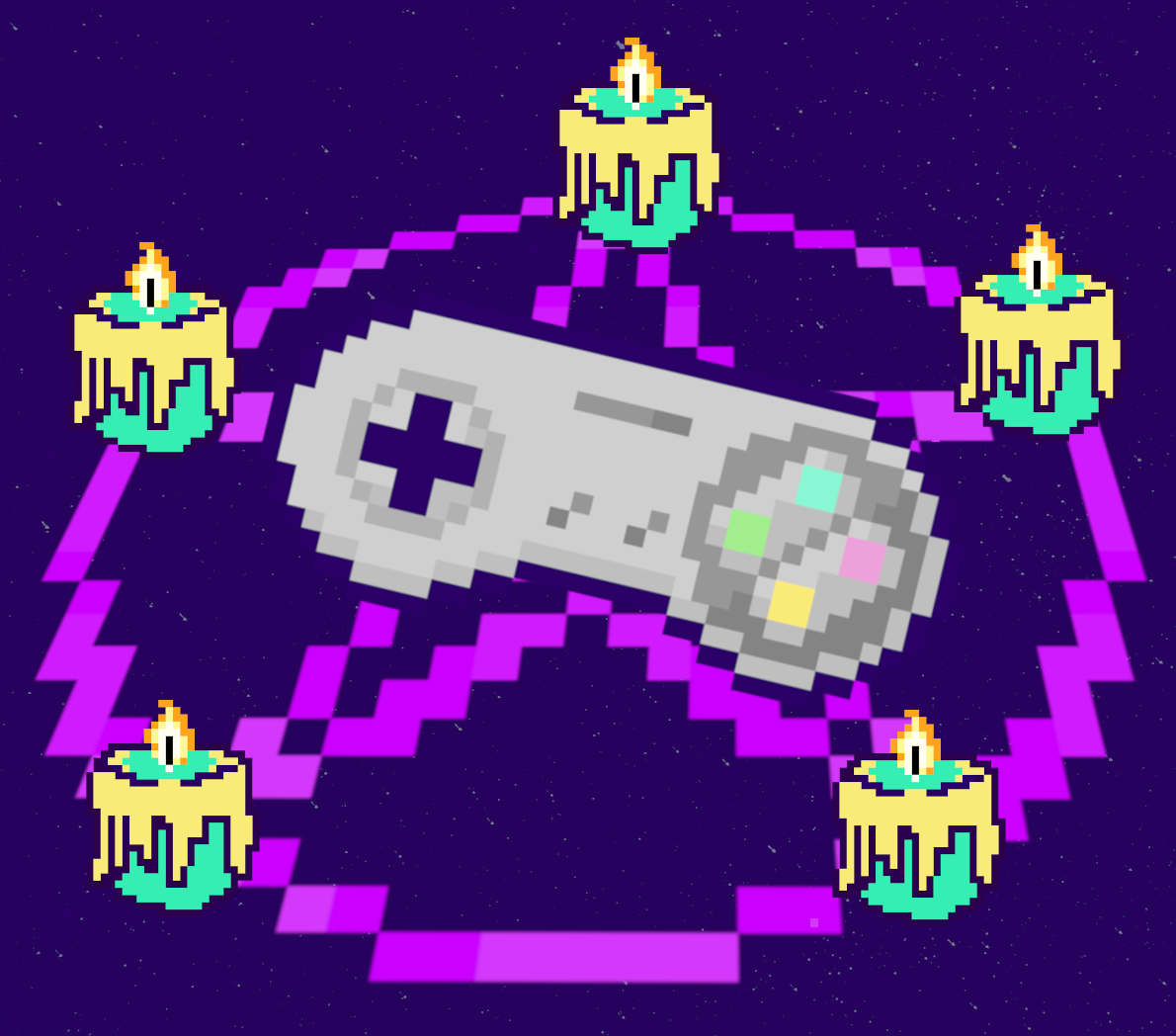











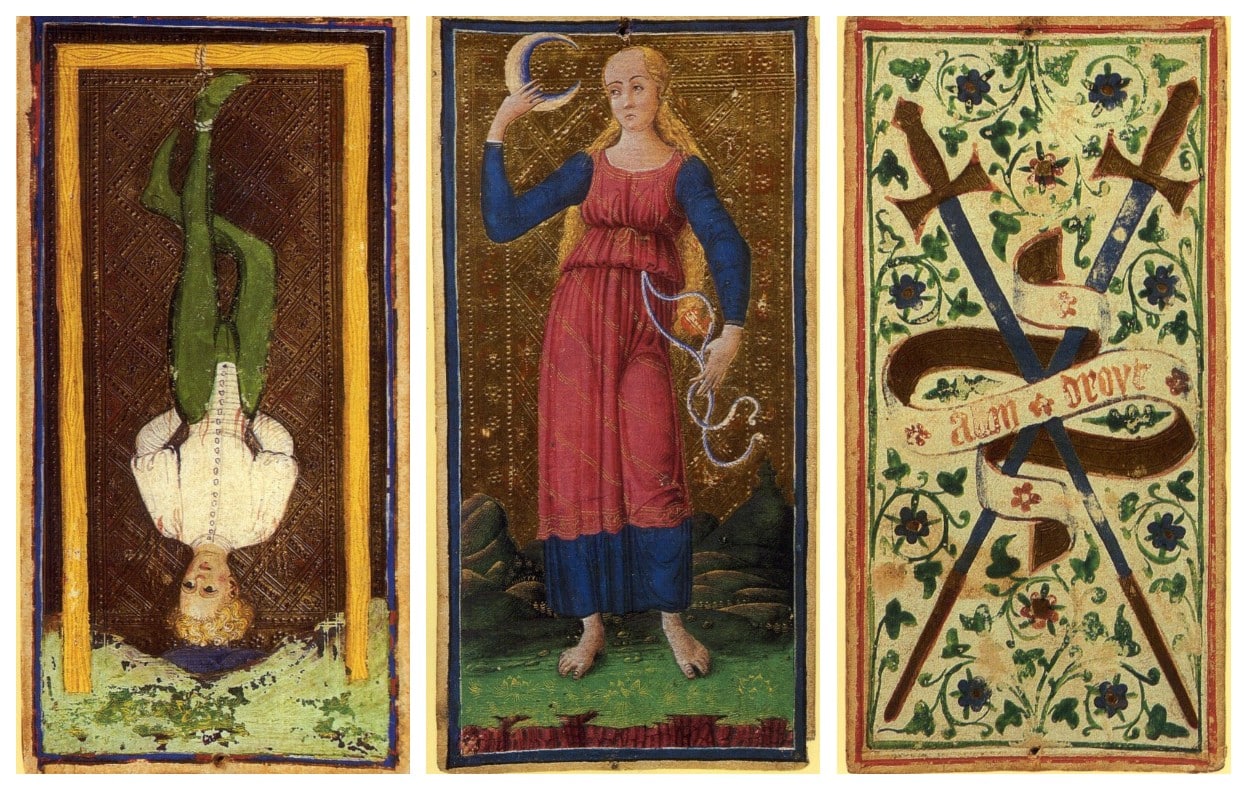
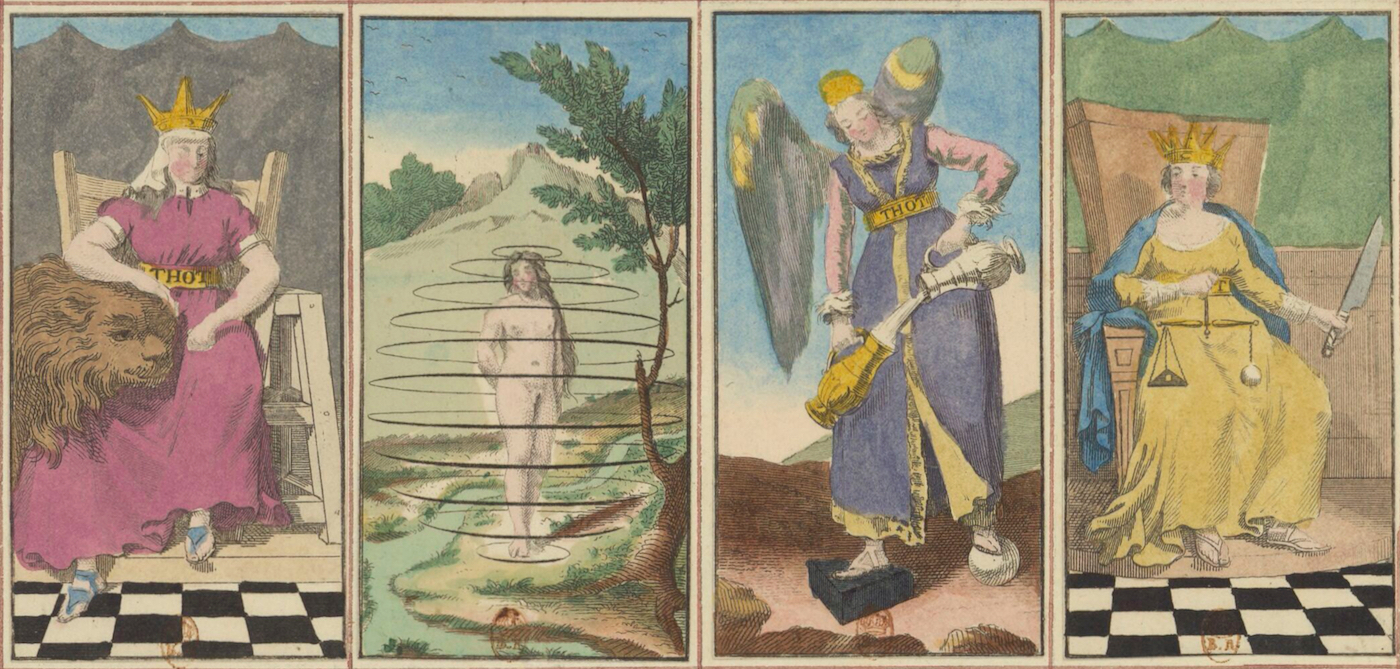
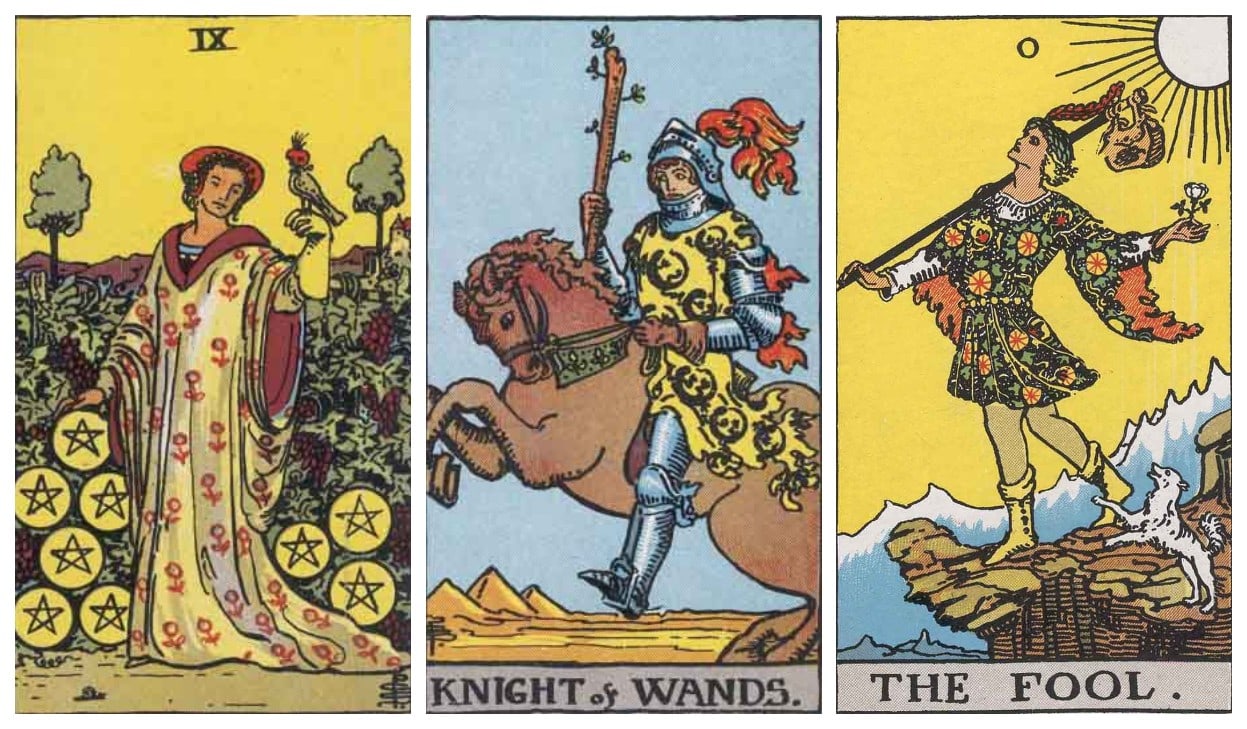





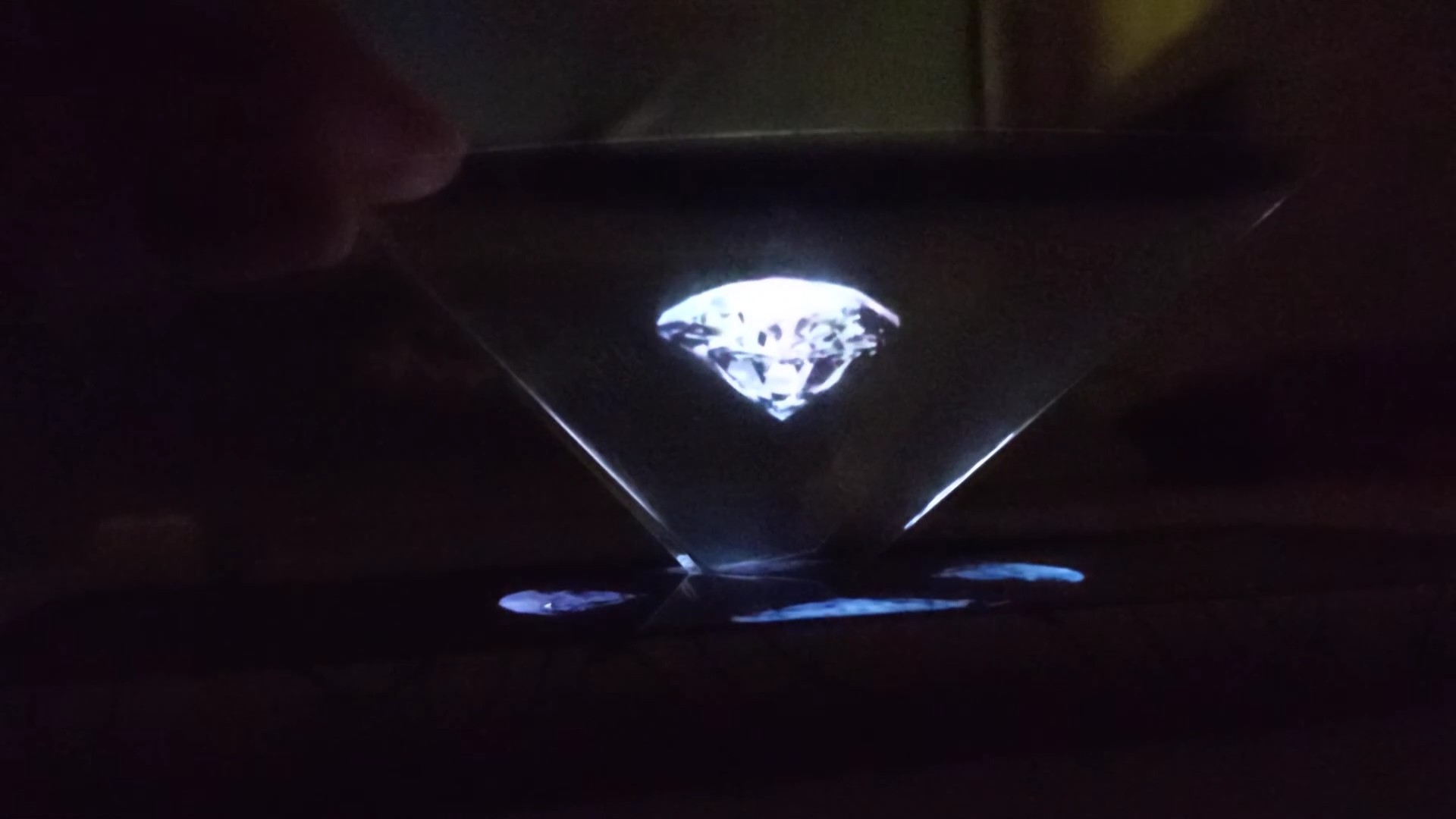

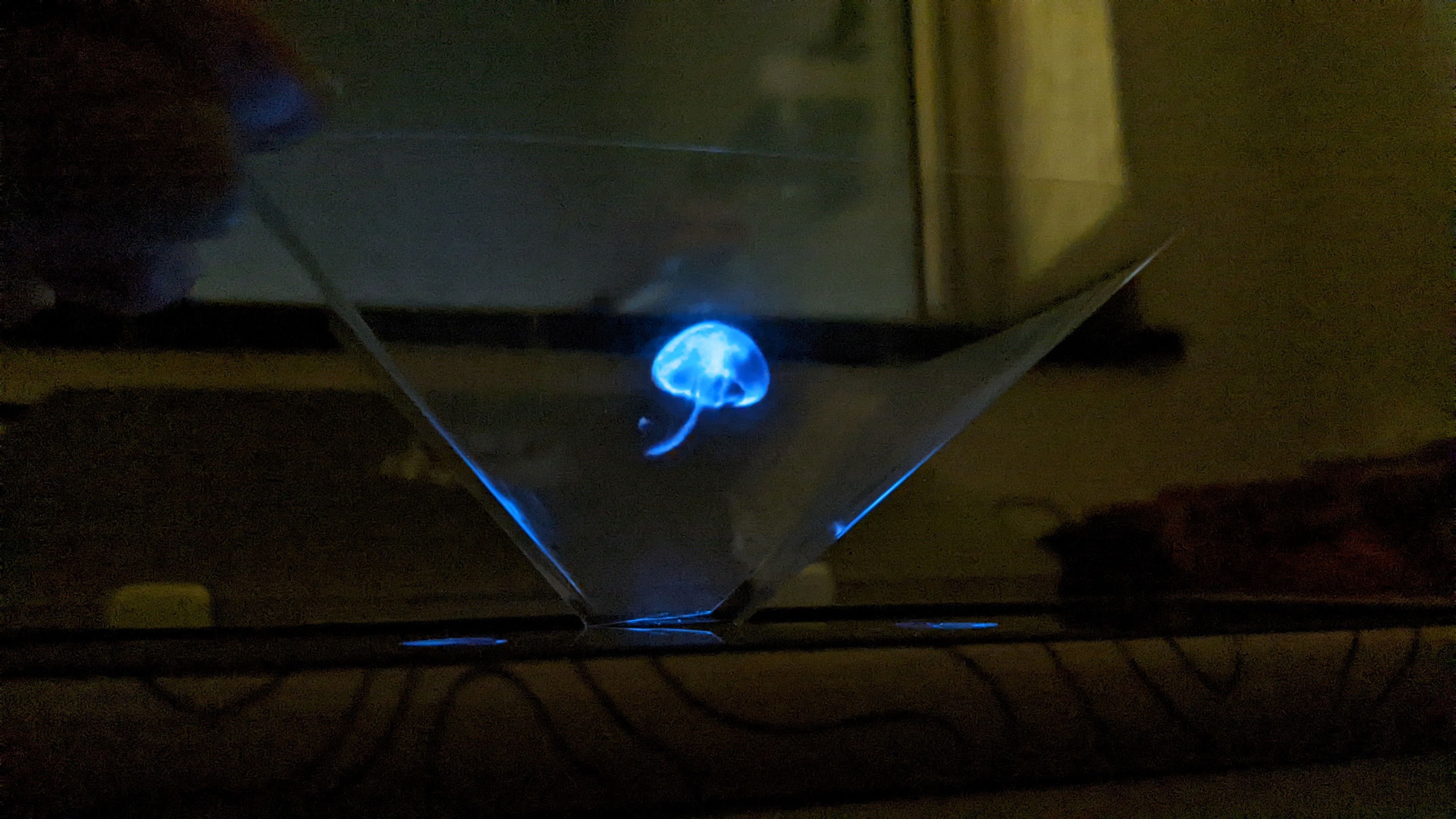

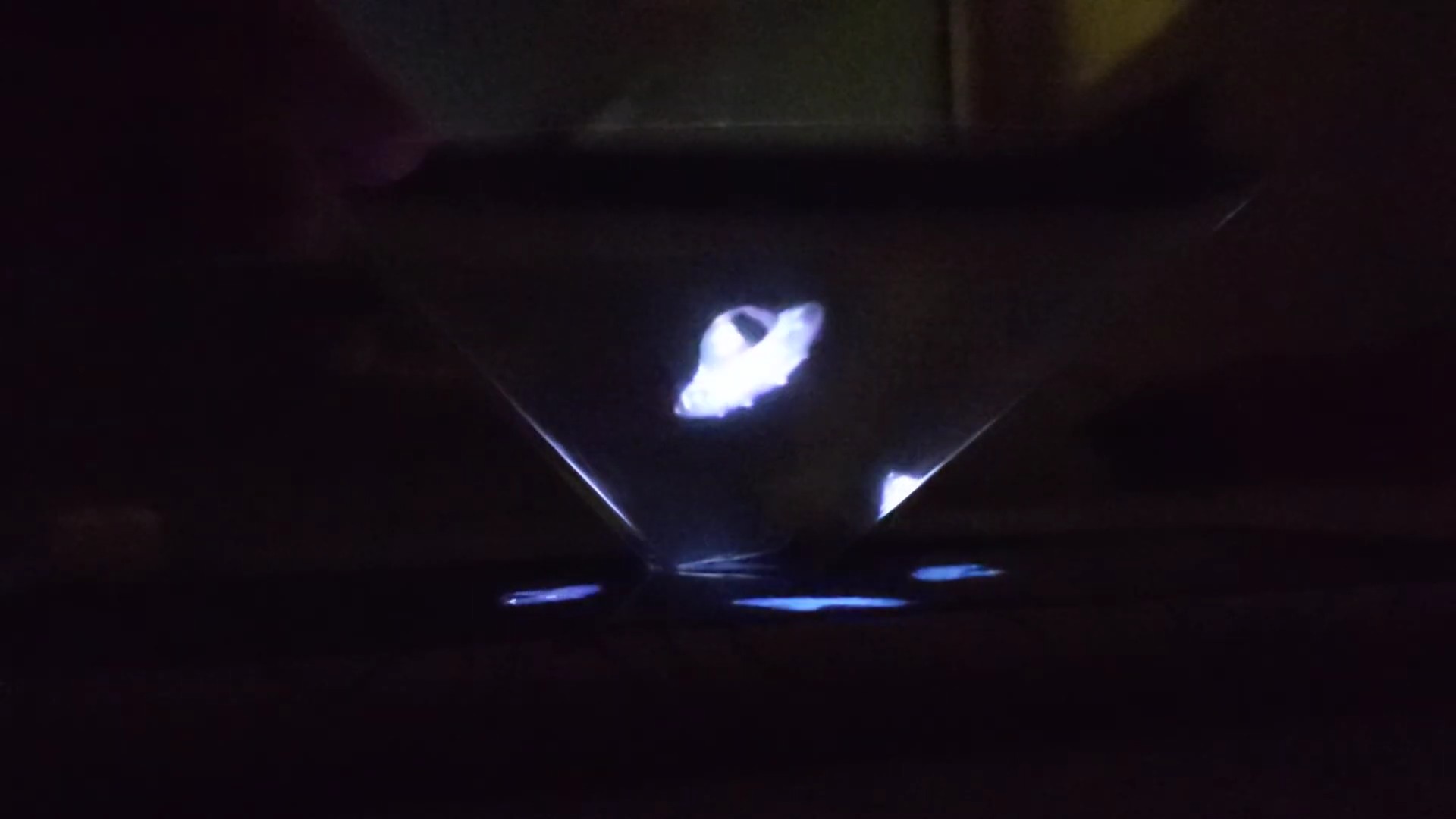



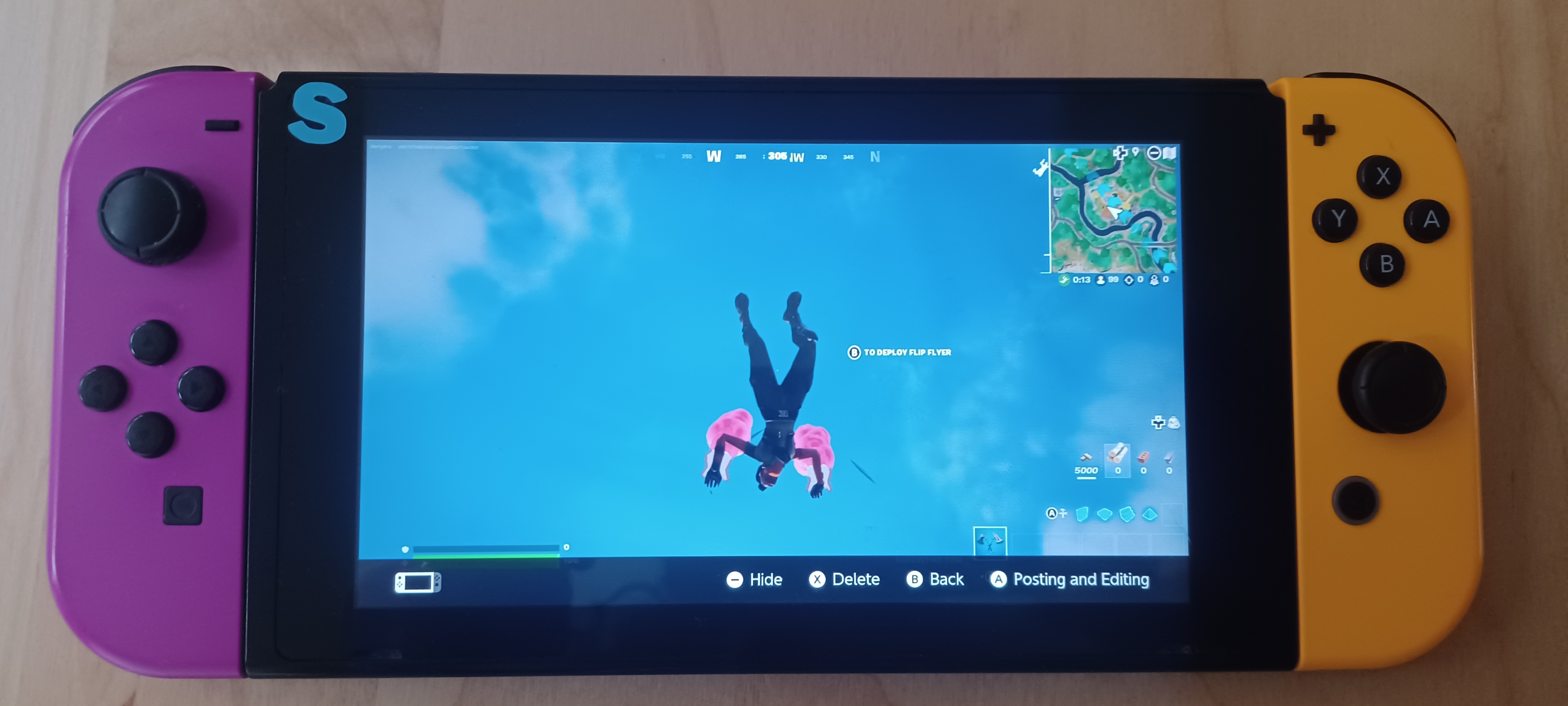

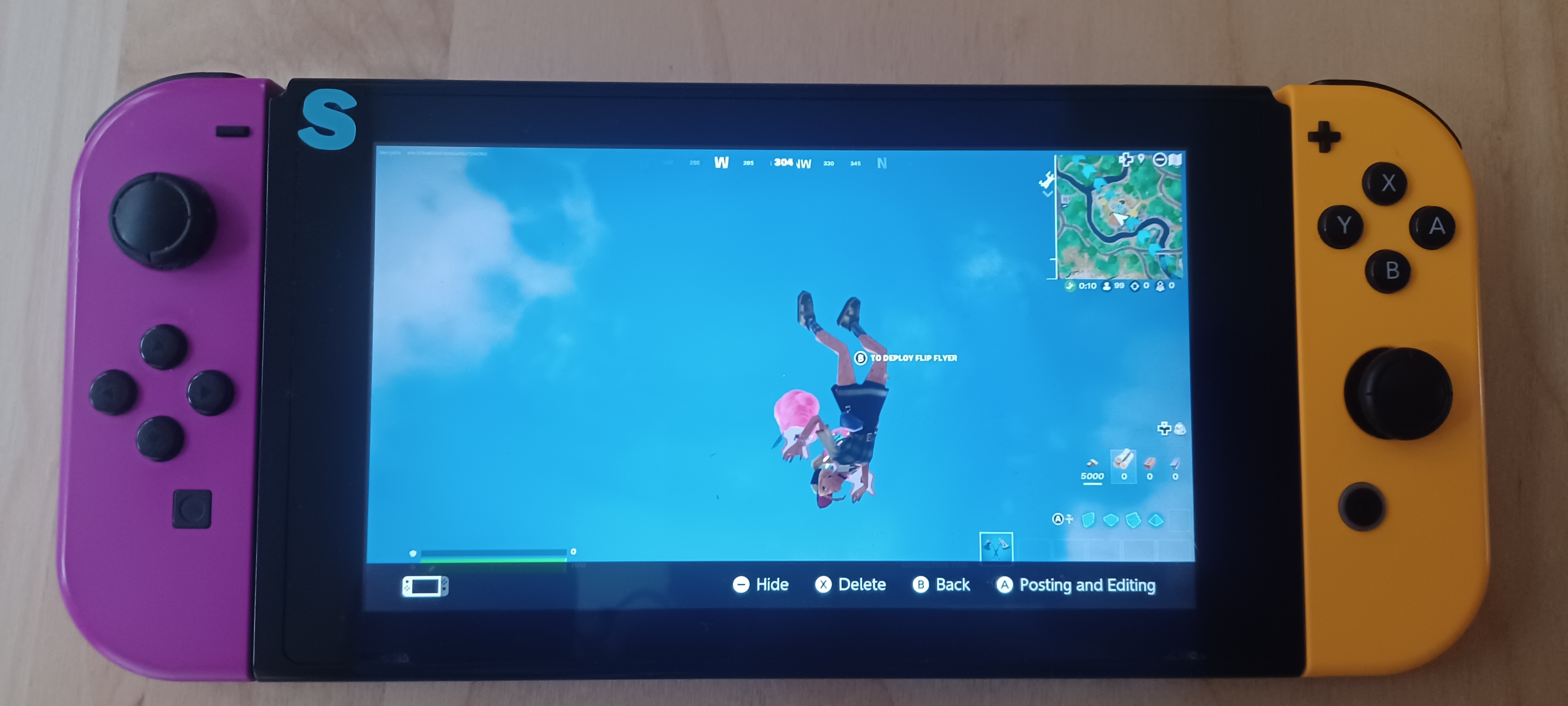

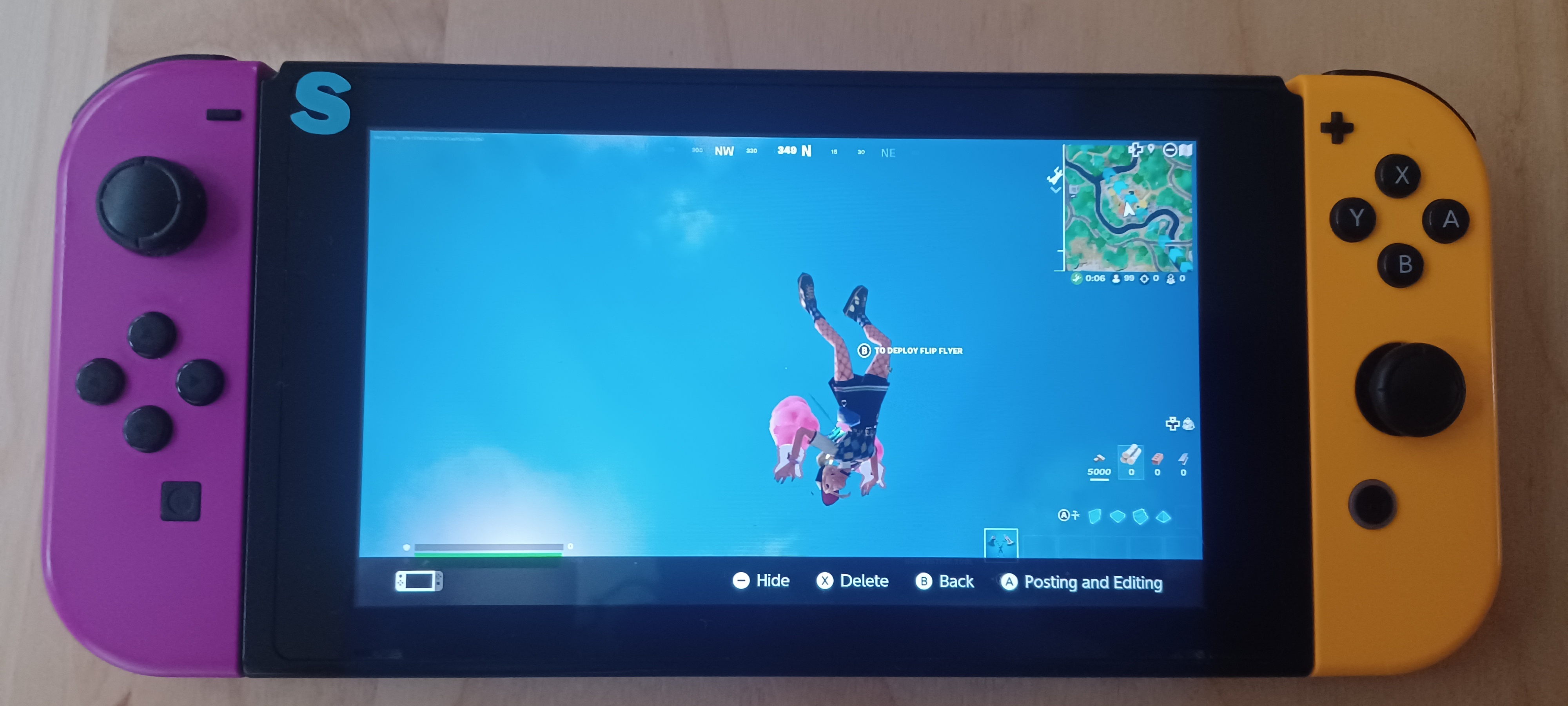

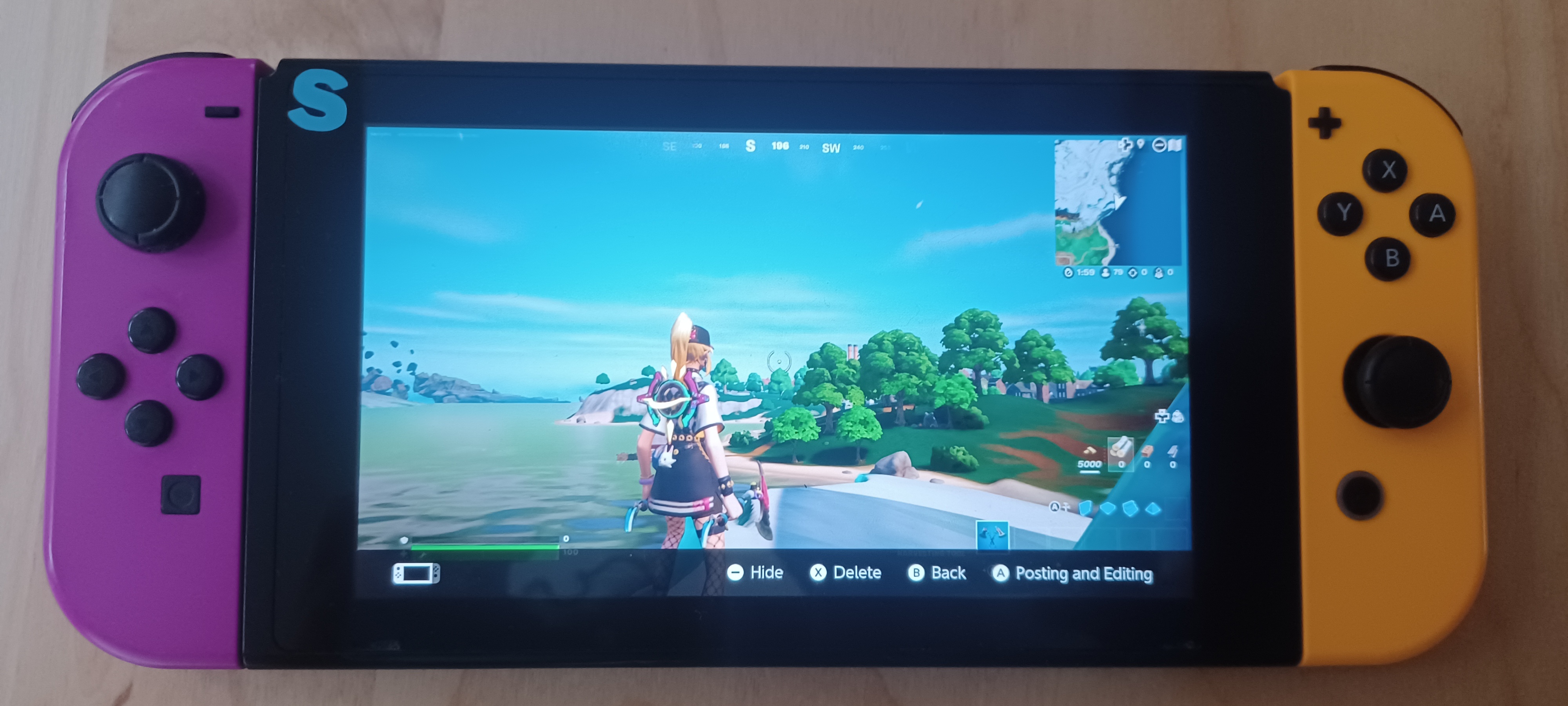
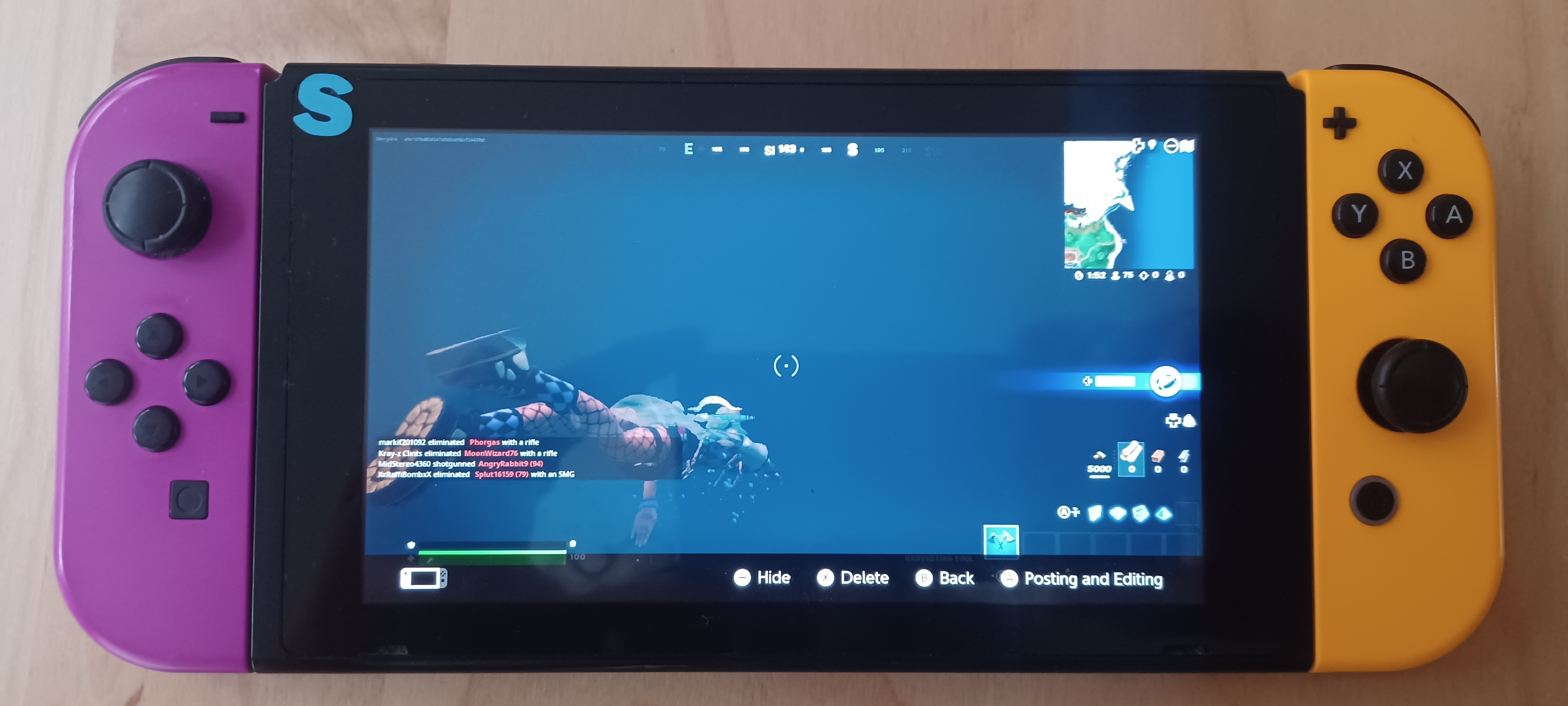



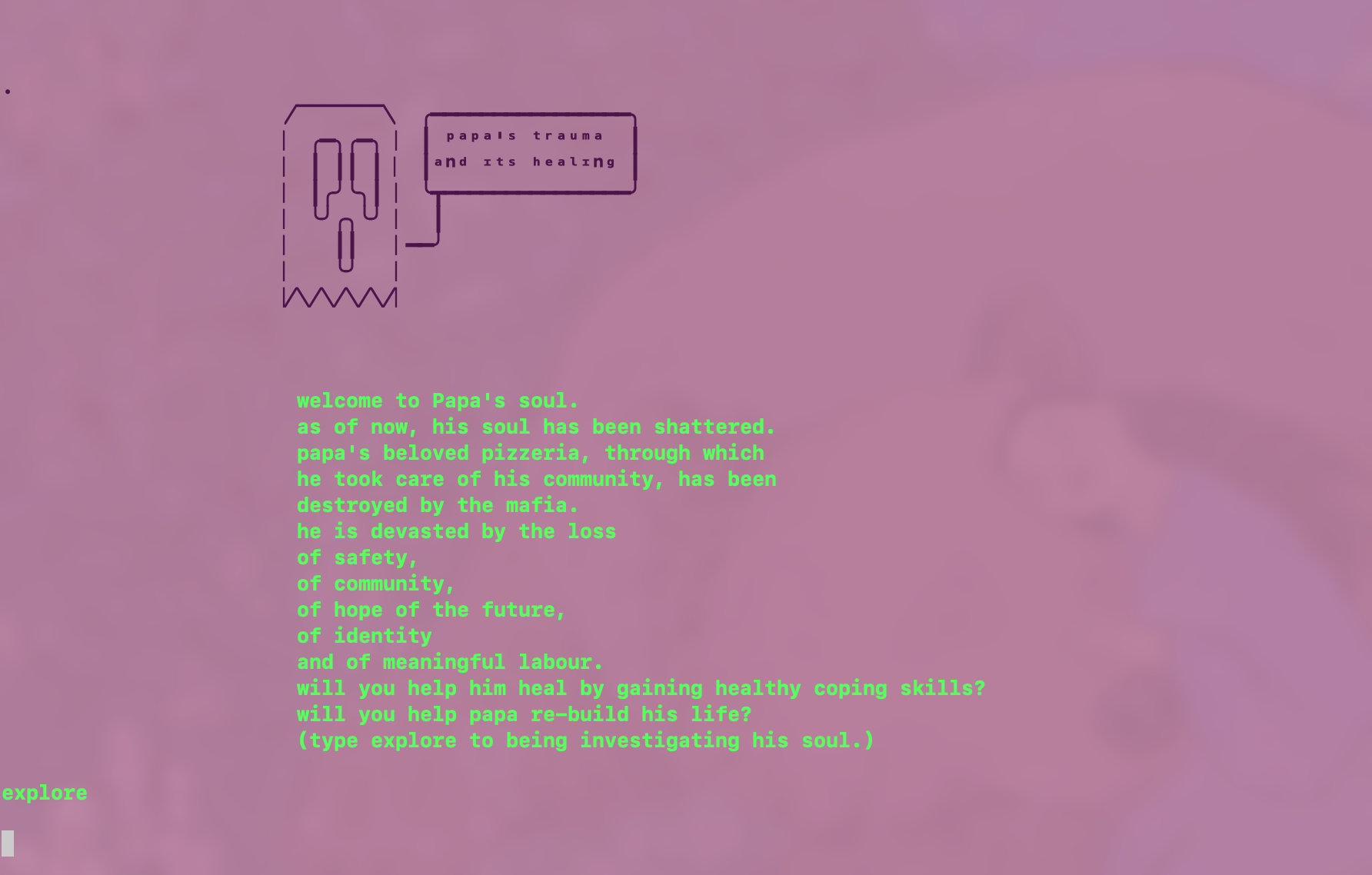 :::::
:::::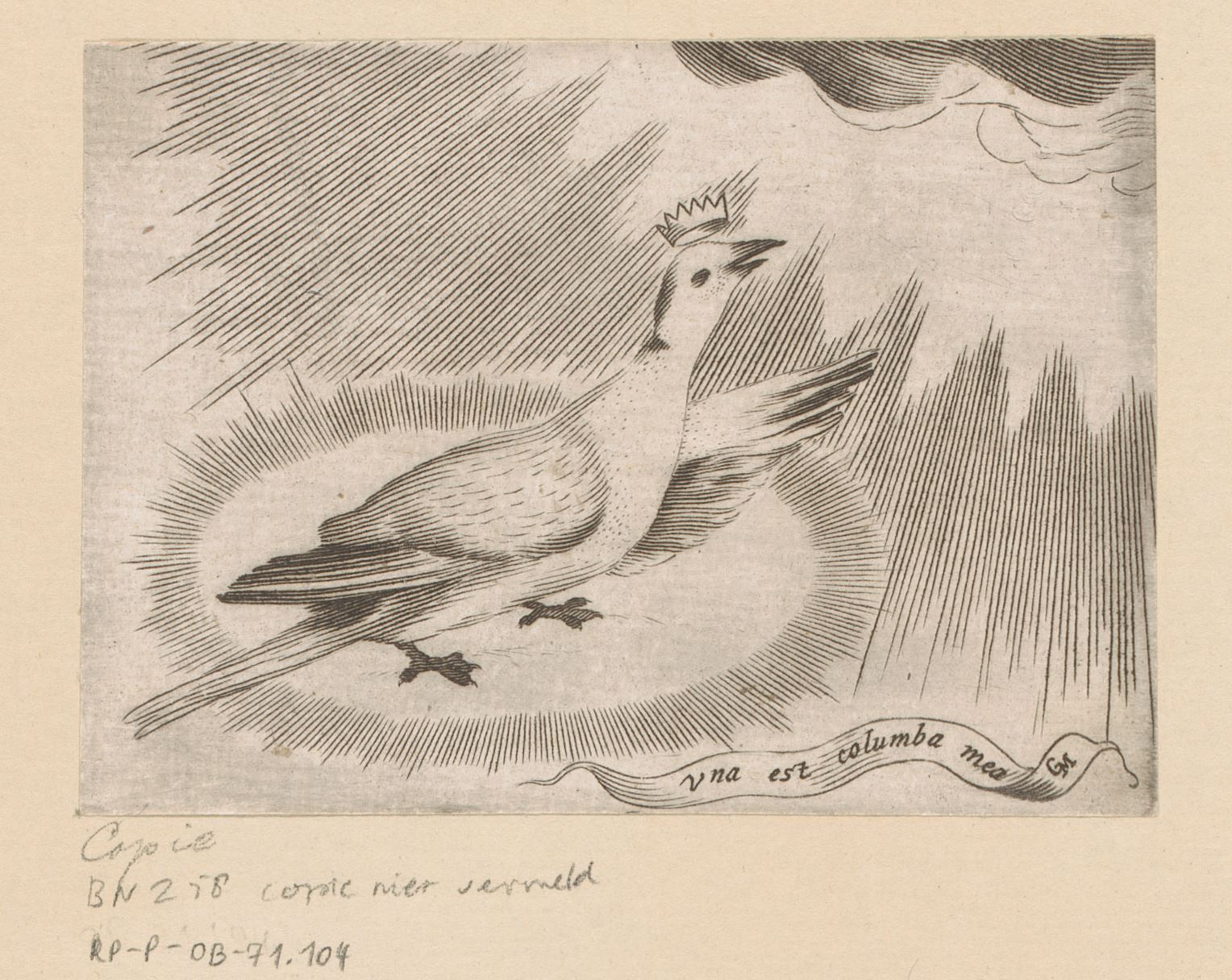















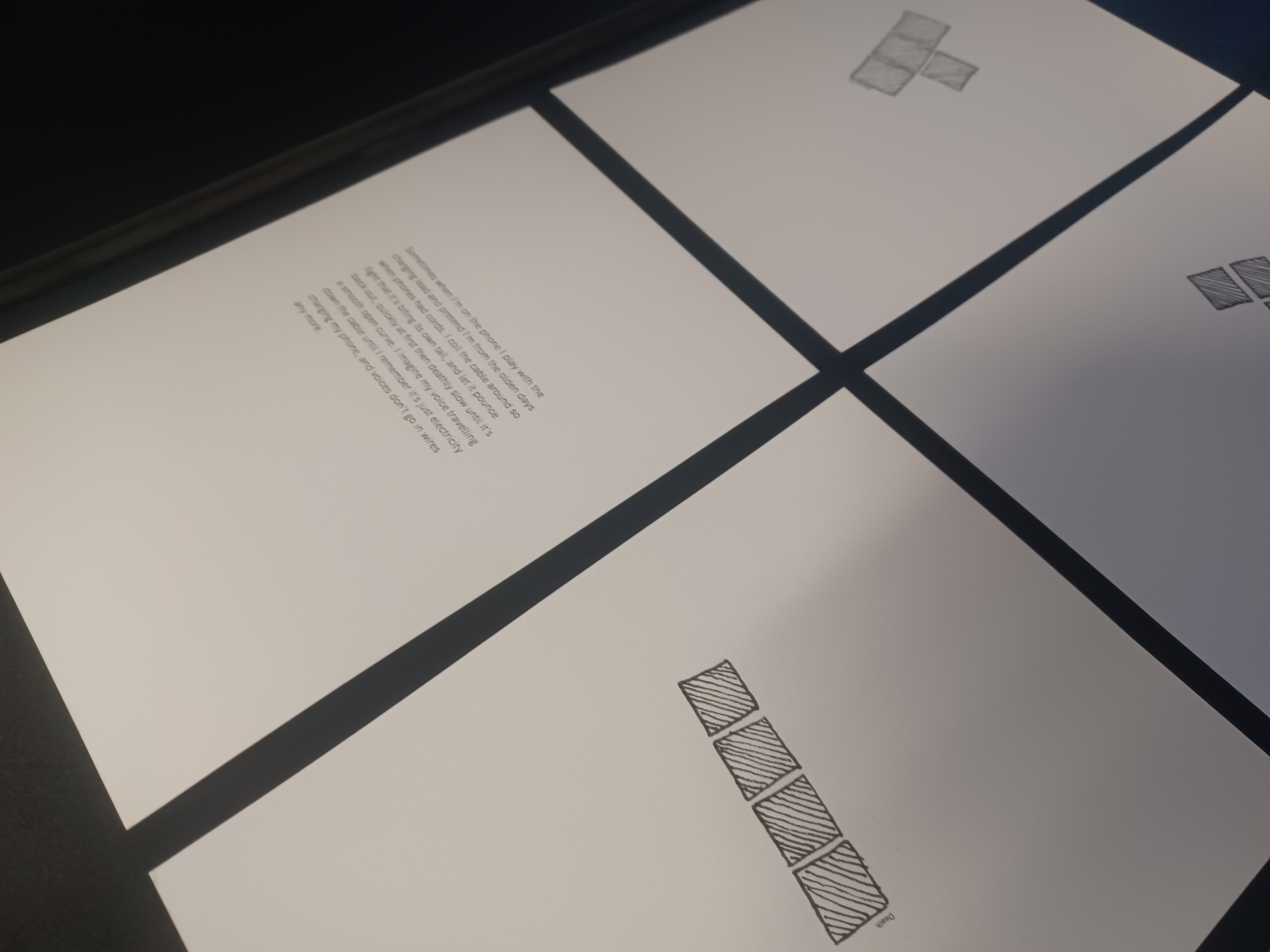

 :::::
:::::